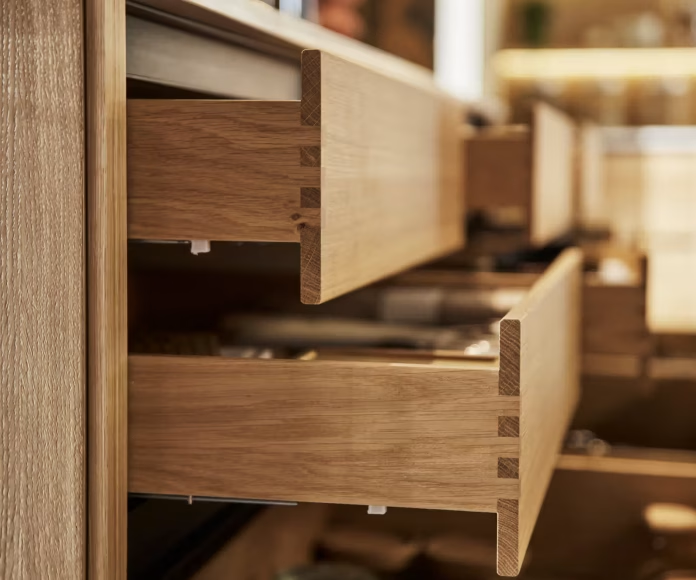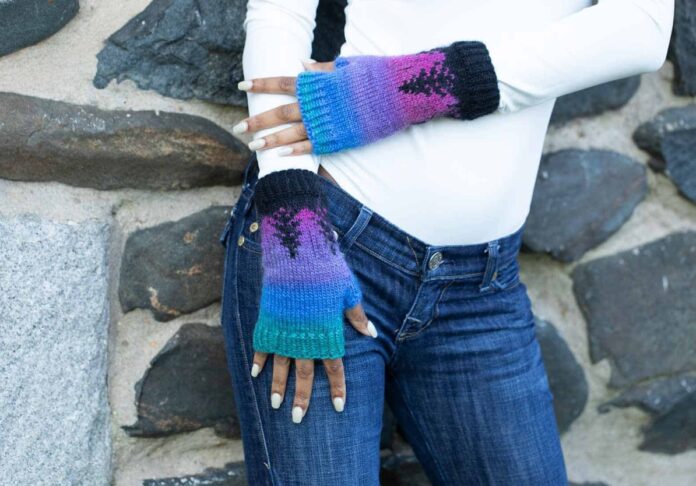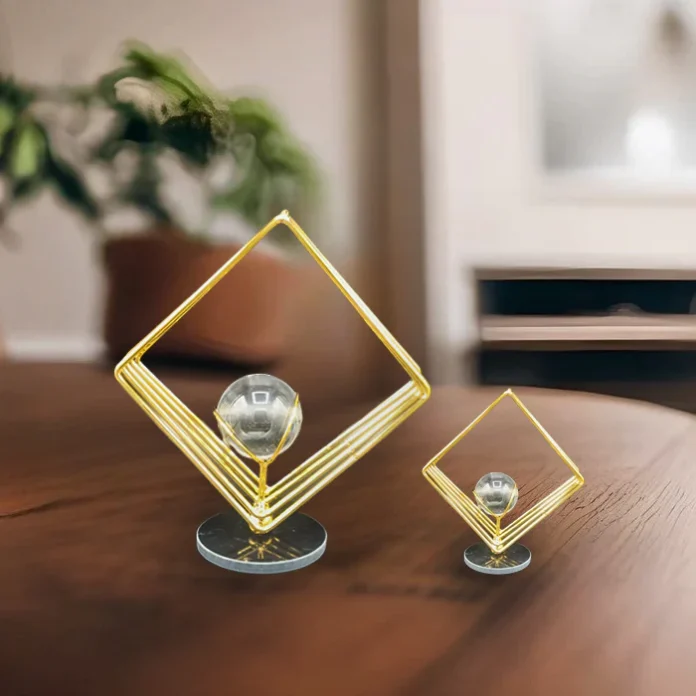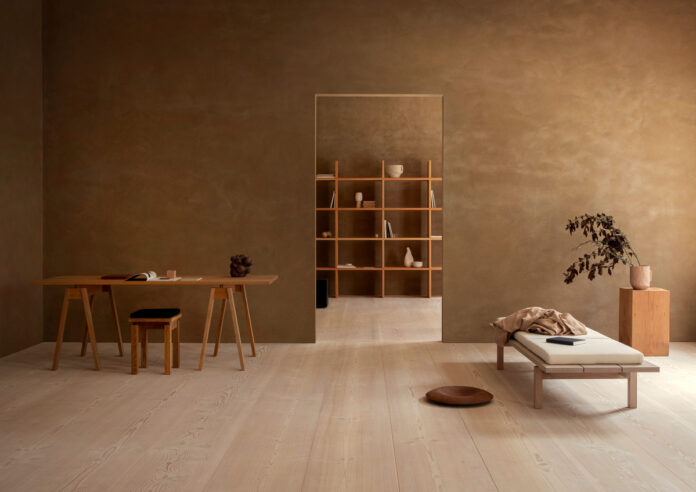Scandinavian quality is rooted in simplicity, integrity, and durability, and the truth is very clear from the start. The materials define everything. Whether someone looks at furniture, textiles, lighting, jewelry, or everyday household items, the essence of Scandinavian design comes from natural resources that age well over time.
Wood, metal, wool, leather, glass, and stone shape the core of the Nordic aesthetic, and each carries its own cultural and functional meaning.
When a product is made from these materials carefully and honestly, it holds its value, maintains its beauty, and often becomes something people enjoy for decades. That is the real foundation of Scandinavian quality.
Wood, the Heart of Nordic Craft

Wood is the signature of Scandinavian design. The region has a long tradition of working with birch, ash, oak, pine, and beech. People appreciate wood not only because it is local, but because it creates warmth inside homes that spend long months in darker seasons.
Key Scandinavian Woods
| Wood Type | Main Qualities | Typical Uses |
| Birch | Pale color, smooth texture, stable | Chairs, cabinetry, contemporary décor |
| Oak | Strong, long-lasting, grain-rich | Flooring, tables, high-end furniture |
| Pine | Light, rustic, accessible | Shelving, wall panels, minimalist interiors |
| Ash | Flexible, bright color, excellent for bending | Classic Scandinavian chairs, tools |
Wood is rarely covered with heavy varnish in Nordic interiors. Instead, it remains natural, matte, and honest. The grain is visible, the color is soft, and the surface feels real. Many designers also combine wood with metal or glass to achieve a balanced and grounded look.
Wool, Warmth With Purpose

Wool reflects the climate of the region. Scandinavian wool is praised for resilience and breathability, and it is often used for blankets, carpets, winter clothing, and upholstery. Designers choose wool because it insulates without trapping heat and holds its appearance for years being natural material.
A few strengths of Scandinavian wool include:
- High durability against daily wear
- Comfort in both cold and mild weather
- Natural resistance to dirt and moisture
Wool items in Nordic homes are expected to follow families for generations, not just seasons. That longevity is part of what defines Scandinavian quality.
Leather, A Material That Ages Gracefully
Leather in Scandinavian design is valued for character rather than perfection. Scandinavian craftsmen appreciate how leather becomes softer and richer with time. It is often used for chairs, wallets, bags, and premium accessories. The focus is always on honest aging, not artificial treatment.
| Leather Type | Strength | Common Use |
| Vegetable-tanned | Natural finish, patina development | Belts, bags, chairs |
| Semi-aniline | Soft yet protected surface | Sofas, home accessories |
| Nubuck | Velvety feel, premium look | Accent items, small goods |
Designers often say that leather should tell a story as it ages, and Scandinavian leather embodies that idea in a subtle way.
Metal, Clean Lines, and Structural Integrity

Metal is another fundamental part of Scandinavian quality, especially stainless steel and brushed brass. People choose metal when they want minimalism with strength. Lamps, table legs, door handles, and home accessories often rely on metal to create clean, sharp, long-lasting forms.
Stainless steel appears in Scandinavian kitchens, clocks, and wristwatches due to its precision and durability. When discussing refined accessories inspired by Nordic minimalism, items such as a guld klocka dam highlight how Scandinavian metal craftsmanship moves effortlessly into modern fashion as well. The goal is always the same: a piece that performs well, feels balanced, and looks timeless.
Why These Materials Define Scandinavian Quality
Scandinavian quality depends on materials that behave predictably, age well, and support a calm, grounded lifestyle. Nothing is overly glossy or loud. Instead, everything balances practicality with a gentle beauty. Nordic designers value touch, texture, and honesty, so every material is selected with intention. People choose these items because they want stability and long-term reliability, not fast trends.
Wood keeps a room warm. Wool brings comfort. Leather softens with time. Metal delivers structure. Glass adds light. Stone and ceramics bring quiet confidence. When all of these are combined thoughtfully, they create the unmistakable language of Scandinavian quality that the world has admired for decades.




